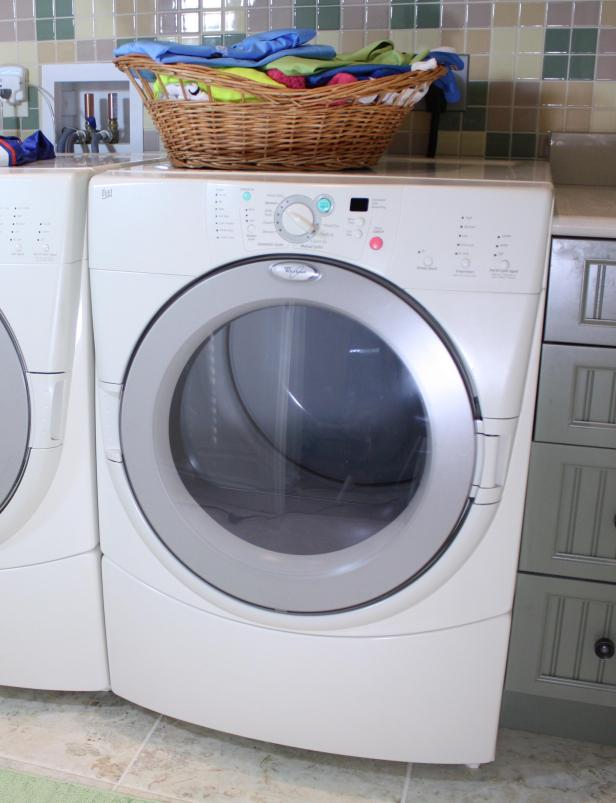 photo credit: Rickharp/Wikimedia
photo credit: Rickharp/WikimediaClothes dryers blow a lot of hot air, but one group wants to know about what else gets spit out by the machine.
The San Francisco Estuary Institute is taking a closer look at the household appliance as part of their research into micro-plastic pollution in the Bay Area.
Maybe the vent shoots hot air out towards the side yard, breezeway, or back alley, but somewhere that little air vent flaps and flops while your clothes dry through.
But is it just hot air coming out the other end?
"We saw high levels of microplastics in storm water runoff and a lot of them were fibers," Diana Lin said. "And so we've been wondering where all these fibers are coming from and one hypothesis is that clothing dryers, which are vented outdoors, could be an important source."
Lin is a managing senior scientist at the San Francisco Estuary Institute.
"We are a non-profit science organization and we study contaminants in and around the San Francisco Bay to support healthier ecosystems for humans and wildlife," Lin said.
The San Francisco Estuary Institute closely monitors storm water runoff, waste water discharge, and the many pathways, like storm drains, where contaminants enter the San Francisco Bay.
Lin said the prevalence of microfibers in the environment has led to this closer look at the common appliance.
We realized that dryer emissions could be an important source considering how many people there are and how widely used electric clothes dryers are...in California and generally the rest of the US," Lin said.
The environmental impact of microplastics is still an area of active research, Lin noted, but there is growing understanding of both their physical and chemical effects.
"Physical impact could be like as small organisms are ingesting these plastics, they're not ingesting other foods and so it has like a food dilution effect," Lin said. "So potential chemical impact are microplastics also have chemical ingredients."
Lin said the SF Estuary Institute's new study will help guide California's Statewide Microplastics Strategy.
The goal is to understand whether emissions from dryers - in homes, apartments, laundromats - are a large or small source of pollutants in the San Francisco Bay.
"We are sampling from various households and asking people to do a normal load of laundry through their dryer...and we're collecting a sample from...their building dryer exhaust..and then we're analyzing these for microplastics," Lin said.
"From each sample, we will get a measurement of micro-plastic emissions per load of laundry, and what we want to do with this is extrapolate that to the Bay Area population," Lin said.
Lin said with the proliferation of microplastics in the environment, it's important to understand where and how they get there, to protect the health of San Francisco Bay for residents both in and out of the water.

 Live Radio
Live Radio




